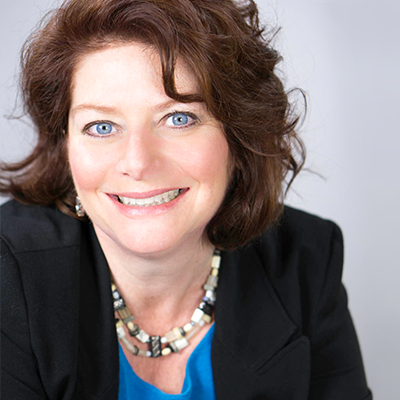At a banquet honoring women who serve the community, one of the nominees for Woman of the Year was Corky Hundahl. After suffering tragedy in her own family, Hundahl sought to help other families by starting a substance recovery program.
In her speech, Hundahl asked the crowd to consider: “What do we want to put into the world today?”
Not, what do we want to take from the world today?
Not, what do we think we deserve from the world today?
No.
She asked, “What do we want to put into the world today?”
The question is powerful because it infers that we have the ability, each of us, to contribute to the world. Those contributions may be in ways large, or small. We need not all build a bridge, stop a war, nor feed the hungry in order to put something good into the world. We could smile at a stranger, take a meal to a sick friend, share some words of wisdom with a child who needs guidance. We could support the elderly, spend money at a local store to circulate wealth within our own community, or volunteer for a charitable organization.
The question also reminds us that, just as we have the power to put good into the world, we also have the power to thrust negativity outward. We could yell in traffic, be unkind to a store clerk, spread gossip about a coworker. We could be cruel to an animal, leave an inadequate tip at a restaurant, or ignore the requests of someone asking for help.
All of our actions matter. There is a ripple effect to what we do. There are consequences to every action. Some cultures call this karma. If we consider each interaction and choose kindness over cruelty, patience over arrogance, love over hate, how much better could we make each moment? Each day?
So, I challenge you to be more mindful of the impact of your actions. Consider what you want to put into the world today. And act accordingly.

Stacie Zinn Roberts is a nationally recognized, award-winning writer and marketing expert with more than 25 years of experience. She has won more than 40 national awards for her work including the United Nations Environmental Program for retail environmental marketing, as well as from organizations such at the Public Relations Society of America and the Turf & Ornamental Communicators Association. She’s written for industry publications such as Golf Course Management, Sports Turf, Golfdom and PR Daily. She spent eight years as the president and director of marketing for Environmental Turf, where she developed the branding for SeaDwarf Seashore Paspalum, the grass that eventually became the greens grass for the Rio Olympic Golf Course. Stacie served for six years on the Board of Directors of the Florida Turfgrass Association as Chair of the Research & Scholarship Committee where she worked closely with the scientists from the University of Florida’s turfgrass breeding program. Stacie founded What’s Your Avocado? Marketing & Public Relations in 2012.

Thank you Stacie for another very interesting blog. I personally will try to be more conscious of the ripple effect that I have.